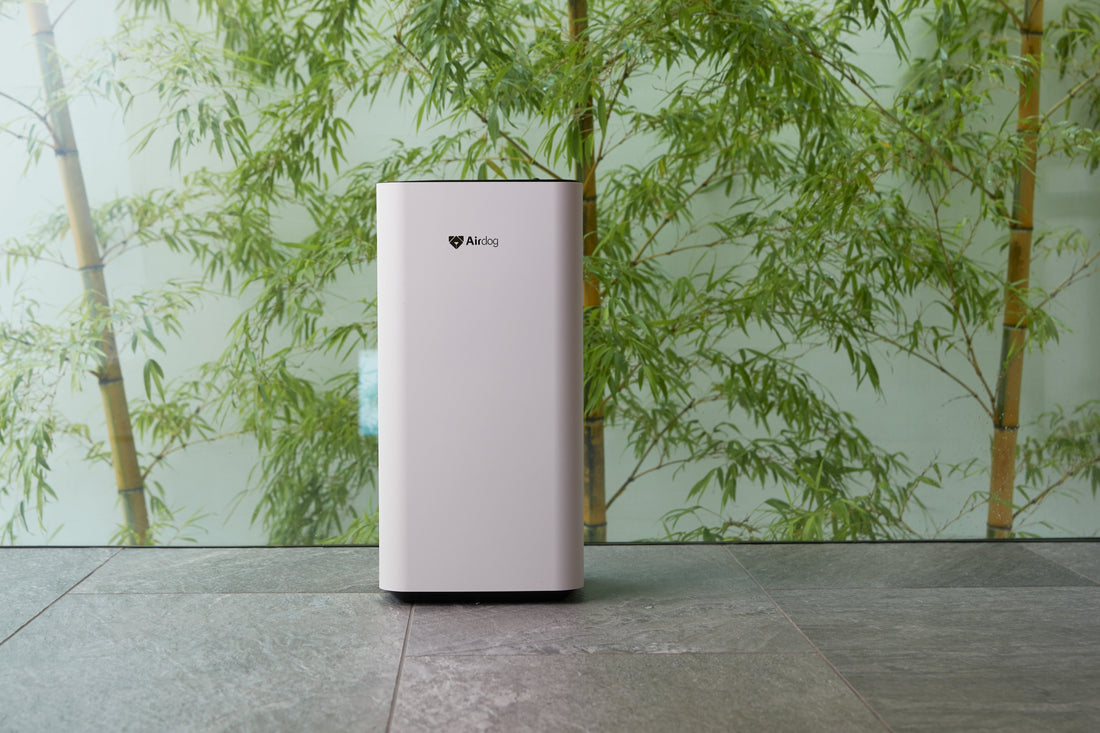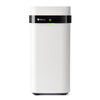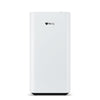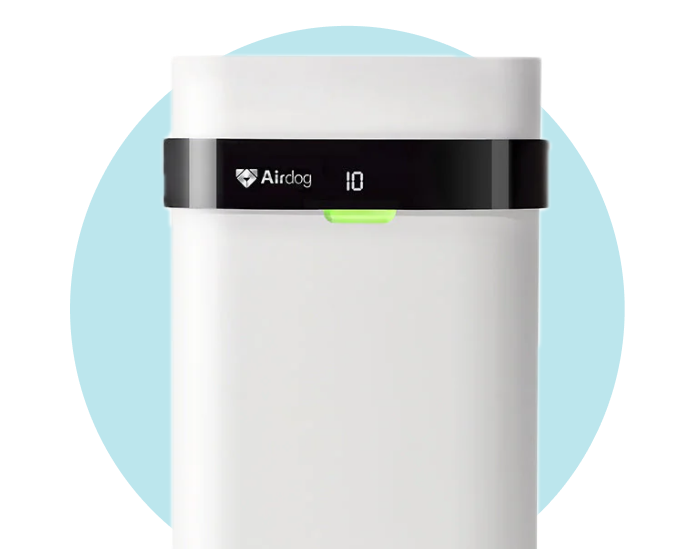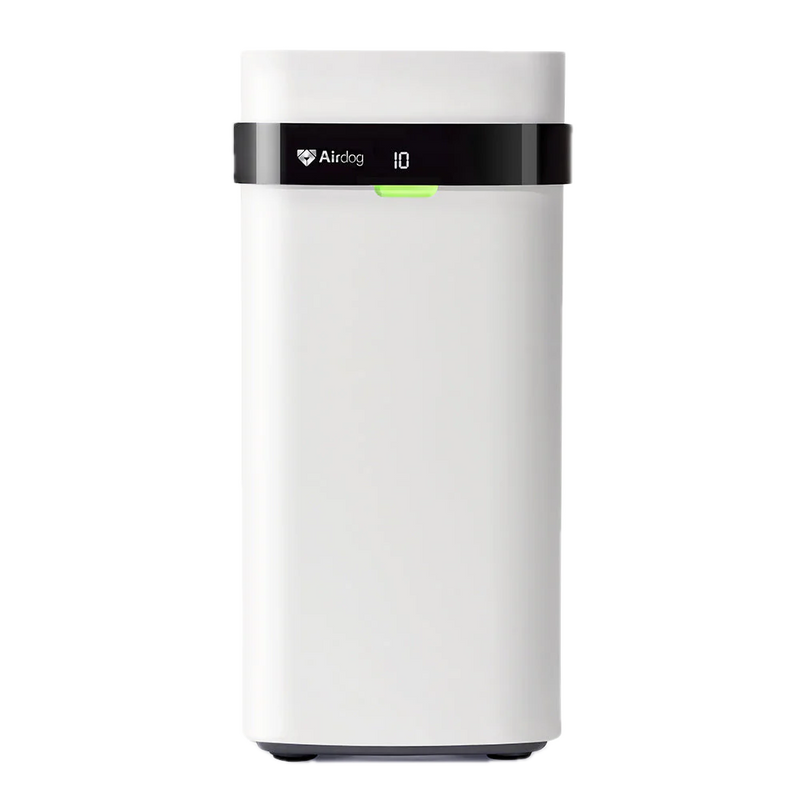Have you ever walked into a room only to be greeted by an unpleasant odor that seems to cling to every corner? It's a common issue that many face, impacting not just comfort but also the perception of cleanliness and well-being. In fact, studies show that indoor air quality can significantly affect our health, mood, and productivity. Enter the world of odor eliminators—a diverse range of solutions designed to tackle these invisible invaders. This article dives deep into the science and effectiveness of various odor elimination methods, mapping out how they work to neutralize or remove unwanted smells. From traditional chemical solutions to innovative natural alternatives, we explore the mechanisms behind these products, providing you with the knowledge to select the right odor eliminator for your needs.
The Science of Odor Elimination
The quest for a fresh-smelling home, office, or vehicle often leads many to explore the world of odor eliminators. Understanding how these products work is crucial to selecting the right one for your needs. Let’s dive into the primary mechanisms of odor elimination: absorption, chemical reaction, and air diffusion. Each method has its unique way of tackling unwanted smells, from capturing odor molecules to breaking them down at the molecular level.
Absorption
Absorption is a fundamental process through which odor eliminators work by trapping odor molecules within their structure, preventing them from reaching our noses. Key compounds such as cyclodextrin and citric acid play a significant role in this process:
-
Cyclodextrin: This compound has a unique ability to capture and isolate odor molecules. By forming a cage-like structure around the molecules, cyclodextrin effectively removes odors from the air, making them imperceptible to our sense of smell.
-
Citric Acid: Known for its natural cleansing properties, citric acid modifies the pH level of the environment, making it less hospitable for odor-causing bacteria. This not only helps in odor removal but also prevents future odor formation.
Chemical Reaction
Chemical reactions offer another avenue for odor elimination, changing the odor molecules' structure so that they no longer produce a smell. This transformation occurs at the molecular level and can involve various chemical processes, including oxidation and reduction.
-
Oxidation: Odor eliminators that utilize oxidation, such as those containing ozone, work by breaking down odorous compounds into less complex, odorless molecules. This process is particularly effective against stubborn smells like smoke or pet odors.
-
Enzymatic Cleaners: Enzymes specialize in breaking down organic materials—such as proteins, fats, and carbohydrates—into simpler substances that do not emit odors. These cleaners target the source of the odor, such as pet urine or food spills, and digest the organic matter, thereby eliminating the smell.
Air Diffusion
Air diffusion methods work by dispersing fine particles or molecules into the air, which interact with and neutralize odor molecules. This method can effectively reduce the perception of odors by either masking them with a more pleasant scent or by breaking down the odor molecules through a chemical reaction.
-
Ozonation: A powerful tool in odor elimination, ozonation involves the generation of ozone, which reacts with odor molecules to neutralize them. The effectiveness of ozonation, as discussed on Sciencedirect.com, showcases its capability to break down even the most persistent odors, making it an ideal choice for areas plagued by smoke or pet smells.
Specialized Odor Eliminators in Professional Settings
In professional environments, the challenge of maintaining a fresh and odor-free atmosphere takes on a new level of complexity. Whether it's a mortuary facing the harsh reality of decomposition odors or a nursing home dealing with persistent urine smells, the need for specialized odor eliminators becomes not just a preference but a necessity. These settings demand products that are both potent and targeted, capable of tackling uniquely challenging odors while ensuring safety and maintaining a sanitary environment.
Neutrolene Spray in Mortuaries
-
Potency and Precision: Neutrolene Spray stands out in the mortuary setting for its ability to neutralize the odors of decomposing remains. The product's formulation is designed to tackle the complex chemical compounds responsible for decomposition odors, making it a critical tool in the mortician's arsenal.
-
Safety Considerations: In an environment where both staff and visitors may be present, selecting an odor eliminator that is effective yet non-harmful is paramount. Neutrolene Spray's safety profile ensures that it does not add any chemical risk to the sensitive setting of a mortuary.
-
Professional Endorsement: The adoption of Neutrolene Spray by professionals in the mortuary industry underscores its effectiveness. Its targeted action against decomposition odors helps maintain a dignified atmosphere, crucial for the respectful handling of deceased individuals.
Periwash in Nursing Homes
-
Addressing Persistent Challenges: Nursing homes face the relentless issue of urine odors, which can affect the quality of life for residents and create a challenging work environment for staff. Periwash is specifically formulated to neutralize urine smells, demonstrating the importance of targeted odor eliminators in such settings.
-
Health and Sanitation: Beyond eliminating odors, the use of Periwash in nursing homes contributes to the overall health and sanitation of the facility. By effectively neutralizing urine odors, it helps in preventing the proliferation of bacteria and maintains a cleaner, more sanitary environment for residents.
-
Suitability for Sensitive Environments: The selection of Periwash reflects a careful consideration of the needs of nursing home residents, many of whom may have sensitivities to harsh chemicals. Its effectiveness does not come at the expense of safety, ensuring that the living spaces remain comfortable and healthful.
In professional settings where odor management is crucial for health, sanitation, and the maintenance of a dignified environment, the choice of odor eliminators must be made with precision. Products like Neutrolene Spray and Periwash exemplify the necessity for specialized solutions—ones that not only tackle challenging odors head-on but do so with an acute awareness of the safety and well-being of those in the environment. The selection process, therefore, demands a thoughtful approach, balancing efficacy with the paramount importance of health and safety standards. In these environments, the right odor eliminator does more than just freshen the air—it enhances the quality of care and respect afforded to individuals in settings as sensitive as mortuaries and nursing homes.
Technological Advances in Odor Elimination
The quest for fresher, cleaner air has led to significant advancements in odor elimination technology. These innovations offer promising solutions for improving indoor air quality in homes, offices, and public spaces. With a focus on both efficiency and environmental impact, the latest developments are designed to tackle a wide range of odor issues, from pet smells to smoke. The Pacific Breeze USA blog sheds light on air diffusion technology, a cutting-edge approach that has changed the landscape of odor elimination.
Air Diffusion Technology
Air diffusion technology represents a leap forward in our ability to control and neutralize indoor odors. This method disperses odor-neutralizing molecules across large areas, ensuring that they reach every corner of a room for comprehensive odor control.
-
How It Works: Utilizing advanced air flow dynamics, air diffusion systems distribute a fine mist of odor-neutralizing compounds throughout the environment. These molecules bind with and neutralize odor-causing particles, effectively removing unwanted smells from the air.
-
Benefits: The primary advantage of air diffusion technology is its ability to cover large spaces efficiently, making it ideal for use in commercial settings, such as offices and hospitality venues, as well as in homes.
-
Environmental Impact: Many modern air diffusion systems are designed with sustainability in mind, using natural or eco-friendly compounds that break down harmlessly in the environment.
Advanced Chemical Formulations
Beyond air diffusion, researchers have developed advanced chemical formulations that target odors at the molecular level. These formulations are designed to be more effective and faster-acting than traditional odor eliminators.
-
Enzyme-Based Solutions: Enzymatic formulas offer a biodegradable option that breaks down organic odor sources, such as pet urine and food waste, into their basic elements, eliminating the odor at its source.
-
Photocatalytic Oxidation (PCO): This technology uses light to catalyze a chemical reaction that breaks down odors. It's particularly effective against tough smells like tobacco smoke and biological odors.
-
Activated Oxygen Generators: These devices release small amounts of ozone into the air, which reacts with odor molecules and neutralizes them. While effective, their use requires caution due to the potential health risks associated with ozone.
Importance of Selecting the Right Product
Choosing the appropriate odor elimination technology is crucial. Factors to consider include the specific type of odor, the size of the area needing treatment, and the presence of sensitive populations such as pets, children, and individuals with respiratory conditions.
-
Type of Odor: Different technologies are better suited to different types of odors. For instance, enzymatic cleaners might be the best choice for organic odors, while air diffusion systems could be more effective for widespread and persistent smells.
-
Environment: The size and ventilation of the space will influence the effectiveness of odor elimination methods. Larger, well-ventilated areas may benefit from air diffusion technology, whereas smaller, enclosed spaces might require more localized solutions.
-
Safety and Health Considerations: Always prioritize products that are non-toxic and safe for the intended environment, especially in homes with pets and children or in workplaces with health-conscious policies.
The advancements in odor elimination technology signify a promising step towards creating healthier, more pleasant indoor environments. From air diffusion techniques to innovative chemical solutions, these technologies offer effective, environmentally friendly ways to tackle odor challenges. As we continue to prioritize indoor air quality, the importance of selecting the right product based on specific needs and environmental conditions cannot be overstated.
That’s where Airdog comes in. Airdog’s air purifiers use patented TPA technology to actively break down odor-causing particles at the molecular level, rather than just trapping them like traditional HEPA filters. This means they go beyond masking smells; they neutralize the source. With a high clean air delivery rate (CADR) of 200 and ultra-quiet operation, Airdog offers a powerful, efficient way to reduce unwanted odors from pets, cooking, smoke, and more. While no product can eliminate every odor in every environment, Airdog purifiers provide a smarter, longer-lasting solution to help you maintain fresher, cleaner indoor air.

